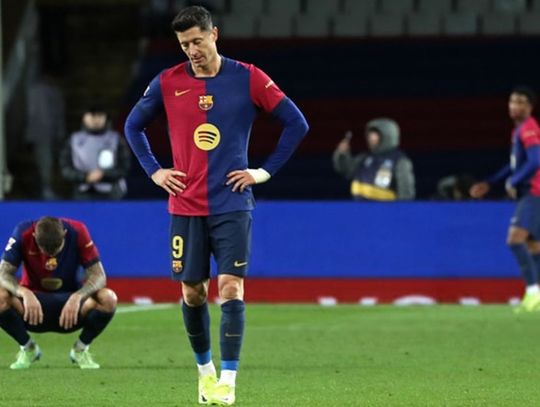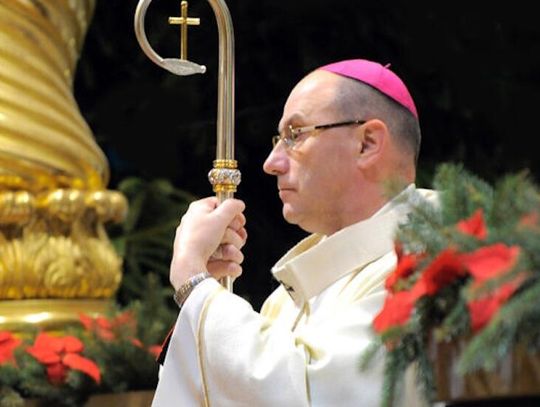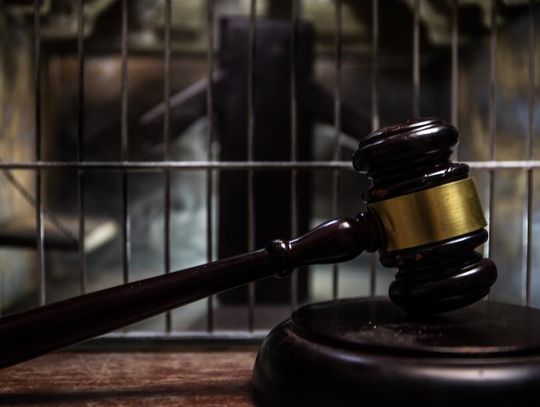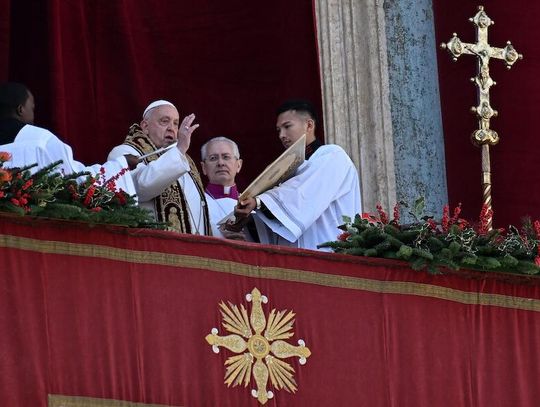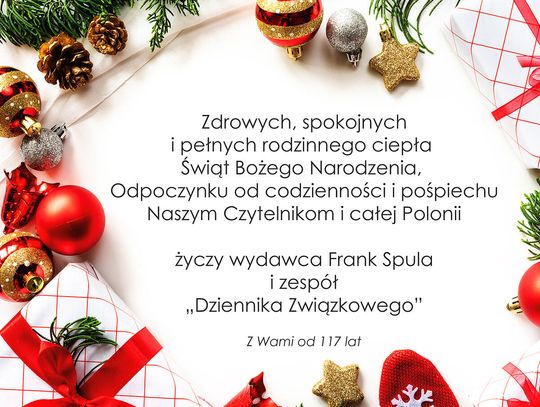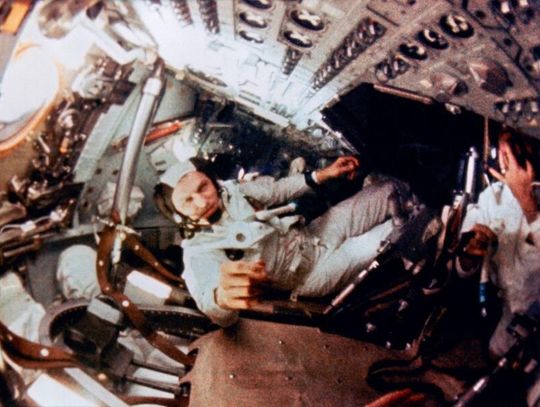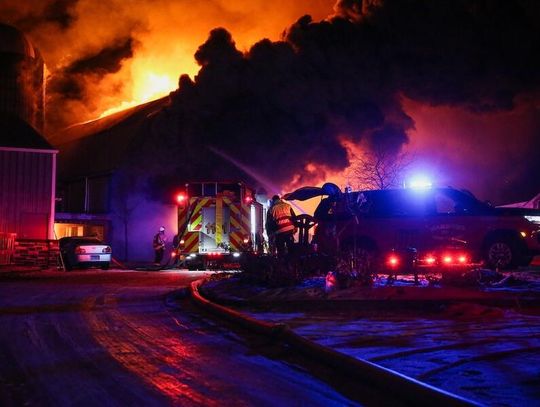Pamiętam ten moment, kiedy zdałem sobie sprawę, że śmierć istnieje.
Miałem pięć lat i uczęszczałem do przedszkola przy kościele św. Jadwigi, znajdującego się na bliskim północnym-zachodzie Chicago, w dzielnicy zwanej dzisiaj Bucktown.
Mój przyjaciel z sąsiedztwa, chłopiec o imieniu Jimmy i jego mama zginęli w wypadku, potrąceni przez pijanego kierowcę, kiedy pewnego popołudnia czekali na autobus przy Milwaukee Avenue, naprzeciwko Congress Theater.
Nikt w naszej klasie nie wiedział, co się stało z Jimmym. Nie było go w szkole. Próbowałem go znaleźć, ale nikt w okolicy nie miał pojęcia, co się z nim stało. Dopiero po kilku dniach siostry zakonne, które uczyły w naszej szkole, zabrały całą klasę do kościoła, żebyśmy zobaczyli go po raz ostatni.
Kościół zawsze wydawał nam się wielki, a poza tym nie wiedzieliśmy, co się dzieje. Myśleliśmy, że siostry po prostu zabierają nas znowu na mszę. Ale zamiast posadzić nas tam gdzie zwykle, czyli w tylnych ławkach, siostry ustawiły nas w dwóch rzędach i zaprowadziły przed ołtarz.
Stały tam dwie otwarte białe trumny. Nie wiedzieliśmy nawet, że to są trumny. Niczego nie wiedzieliśmy jeszcze wówczas o trumnach. Wzięliśmy je za dwa białe pudła, a siostry z jakiegoś powodu chciały, żebyśmy trwali w tym przekonaniu.
Kiedy doszliśmy do ołtarza, zobaczyłem, że w jednym z pudeł leży Jimmy, a w drugim jego mama. Był ubrany na biało, a w złożonych na piersi dłoniach trzymał biały kwiat. Jego mama wyglądała podobnie. Oboje wyglądali, jakby spali. Nie wiedzieliśmy, co się dzieje. Kiedy było już po wszystkim, siostra Maria Filomena powiedziała nam, że nasz kolega Jimmy jest w niebie i zobaczymy go, kiedy sami tam w końcu trafimy. Brakowało mi go, zastanawiałem się, jak wyglądały jego ostatnie chwile, i czy się bał. 65 lat później wciąż myślę o Jimmym i o jego mamie. Czasami wyobrażam ich sobie, jak stoją na przystanku autobusowym naprzeciwko Congress Theater, nie wiedząc, że zaraz nadjedzie samochód, który ich zabije. On opowiada mamie o swoim dniu w szkole i o tym, jak bawił się ze mną i Bobbym Milewskim. Ona uśmiecha się i mówi, że to dobrze jest mieć przyjaciół.
My First Death
I remember the first time I knew there was death in the world.
I was 5 years old, just a kid in kindergarten at St. Hedwig's, a parochial school on the near northwest side of Chicago, an area that they now call Bucktown.
One of my friends, a boy named Jimmy from down the block and his mom were hit and run over by a drunken driver while standing waiting for a bus one afternoon on Milwaukee Avenue across the street from the Congress Theater.
The class didn't know what happened to Jimmy. I remember looking around for him in class, and he just wasn’t there. I looked for him after school too, but nobody knew where he was. It wasn’t until a couple of days later when the nuns who taught us took the whole class to the church next to the school to see him one last time.
The church always seemed big back then, and when we first got there we didn’t know what was going on. We figured that the sisters where just taking us to mass again. But instead of having us sit where we usually sat way in the back, the sisters marched us all in two lines to the front of the church.
There were two open white caskets there. We didn’t know that they were caskets. We didn’t know anything about caskets. We just figured they were white boxes, and that the sisters wanted us to see them for some reason.
When we got to the front, I saw Jimmy in one of the boxes, and his mom was in the other. He was dressed all in white and his hands were holding a white flower to his chest. His mom was like that too. They both looked like they were sleeping. We didn’t know what was going on.
Afterwards, Sister Mary Philomena told us that my friend Jimmy was in Heaven and that I would see him again when I got there, but still that couldn't keep me from grieving for him, wondering about his last moments, his fear.
It's 65 years later, and I still think about Jimmy and his mom.
Sometimes, I imagine him standing on the corner with her across the street from the Congress Theater waiting for the bus, not knowing a car was going to come and kill him. He's talking to her about school that day, and how he ran around the play lot with me and Bobby Milewski. She smiles and tells him it's good to have friends.
John Guzlowski
amerykański pisarz i poeta polskiego pochodzenia. Publikował w wielu pismach literackich, zarówno w USA, jak i za granicą, m.in. w „Writer’s Almanac”, „Akcent”, „Ontario Review” i „North American Review”. Jego wiersze i eseje opisujące przeżycia jego rodziców – robotników przymusowych w nazistowskich Niemczech oraz uchodźców wojennych, którzy emigrowali do Chicago – ukazały się we wspomnieniowym tomie pt. „Echoes of Tattered Tongues”. W 2017 roku książka ta zdobyła nagrodę poetycką im. Benjamina Franklina oraz nagrodę literacką Erica Hoffera, za najbardziej prowokującą do myślenia książkę roku. Jest również autorem dwóch powieści kryminalnych o detektywie Hanku Purcellu oraz powieści wojennej pt. „Road of Bones”. John Guzlowski jest emerytowanym profesorem Eastern Illinois University.
—
John Guzlowski's writing has been featured in Garrison Keillor’s Writer’s Almanac, Akcent, Ontario Review, North American Review, and other journals here and abroad. His poems and personal essays about his Polish parents’ experiences as slave laborers in Nazi Germany and refugees in Chicago appear in his memoir Echoes of Tattered Tongues. Echoes received the 2017 Benjamin Franklin Poetry Award and the Eric Hoffer Foundation's Montaigne Award for most thought-provoking book of the year. He is also the author of two Hank Purcell mysteries and the war novel Road of Bones. Guzlowski is a Professor Emeritus at Eastern Illinois University.
fot.Google Map/screenshot



